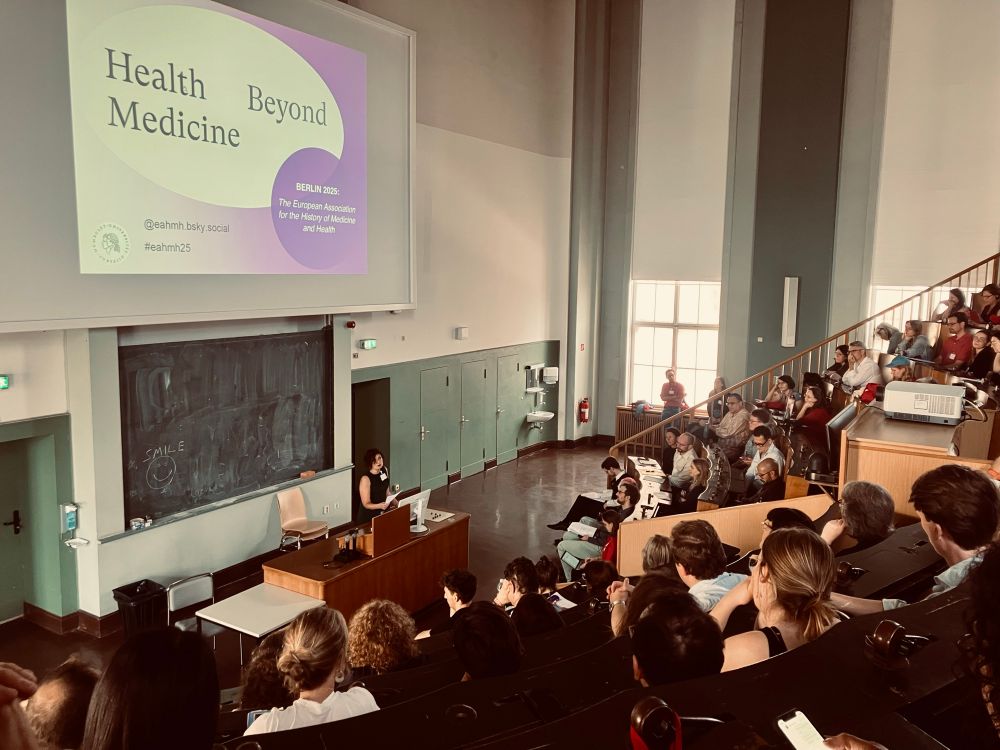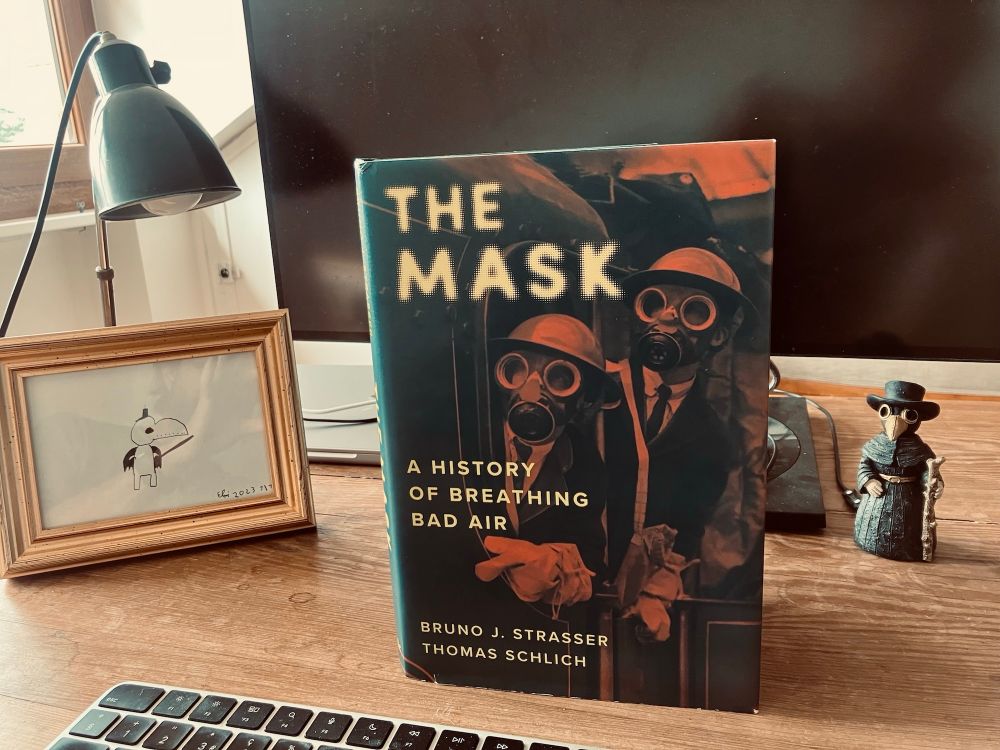
brunostrasser.com
Developed massively in the 19th C, but rarely worn until the 1920s.
Factory worker in Pittsburgh, 1958 (Photo by James Blair)

Developed massively in the 19th C, but rarely worn until the 1920s.
Factory worker in Pittsburgh, 1958 (Photo by James Blair)
tinyurl.com/579pz264

tinyurl.com/579pz264
Fearless Napoleon touches a plague victim with his face uncovered. His frightened marshal holds a cloth to his mouth (A.-J. Gros, 1804).

Fearless Napoleon touches a plague victim with his face uncovered. His frightened marshal holds a cloth to his mouth (A.-J. Gros, 1804).
In fact, these pieces of cloths were perfuming devices, soaked in vinegar, when odors caused diseases!
Bas-relief, 12th century, Cathedral of Basel, CH.
#histstm

In fact, these pieces of cloths were perfuming devices, soaked in vinegar, when odors caused diseases!
Bas-relief, 12th century, Cathedral of Basel, CH.
#histstm
@eahmh.bsky.social

@eahmh.bsky.social

Remember those depictions of plague doctors wearing a beaked mask? Such visual elements were common in the 17th C and were always satirical.
Here is one by F. Bertelli, from Il Carnevale Italiano…1642 (The Met, NY).
tinyurl.com/uvzjs9py

Remember those depictions of plague doctors wearing a beaked mask? Such visual elements were common in the 17th C and were always satirical.
Here is one by F. Bertelli, from Il Carnevale Italiano…1642 (The Met, NY).
tinyurl.com/uvzjs9py
yalebooks.yale.edu/book/9780300...
@yalepress.bsky.social
@yalebooks.bsky.socuial

yalebooks.yale.edu/book/9780300...
@yalepress.bsky.social
@yalebooks.bsky.socuial


